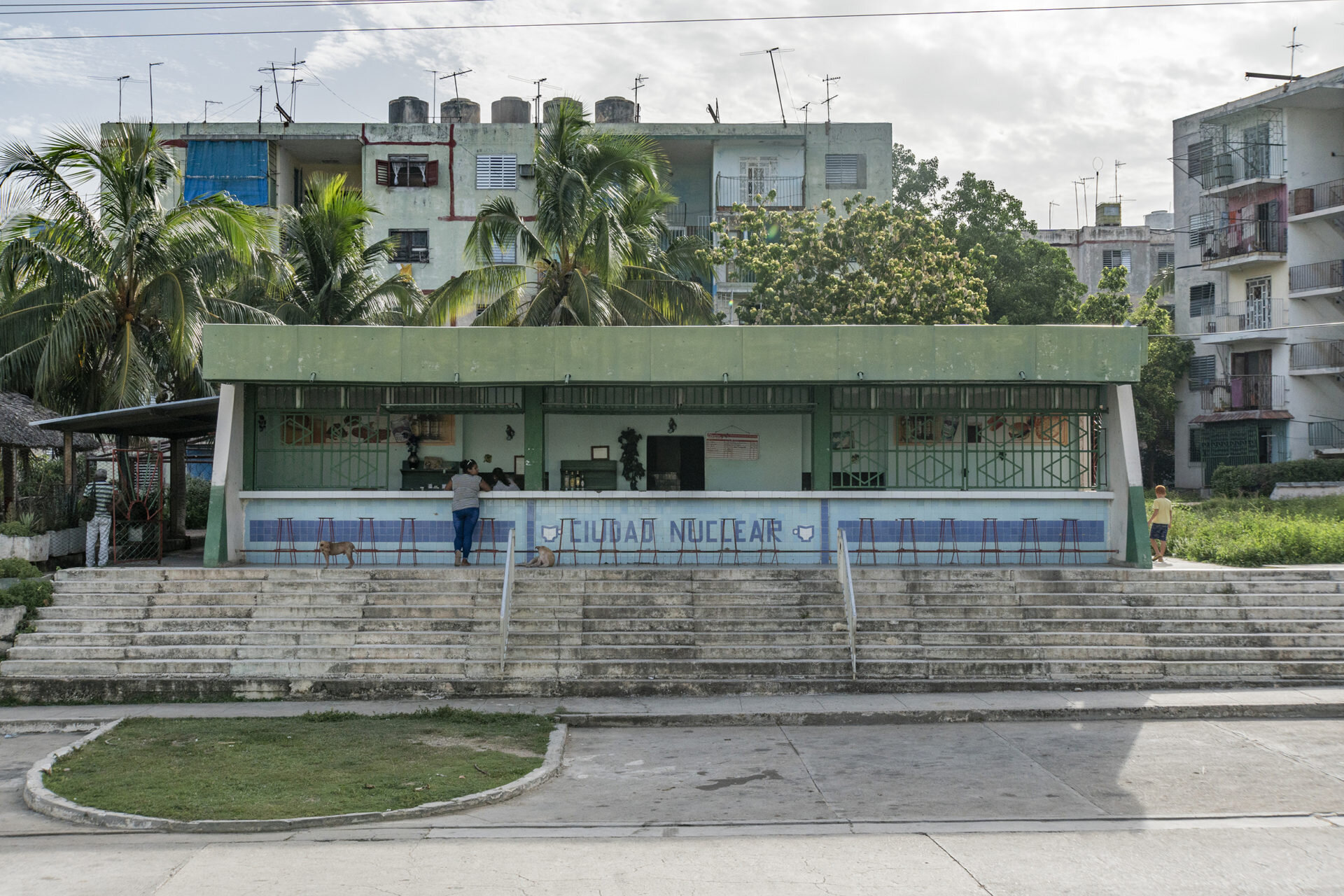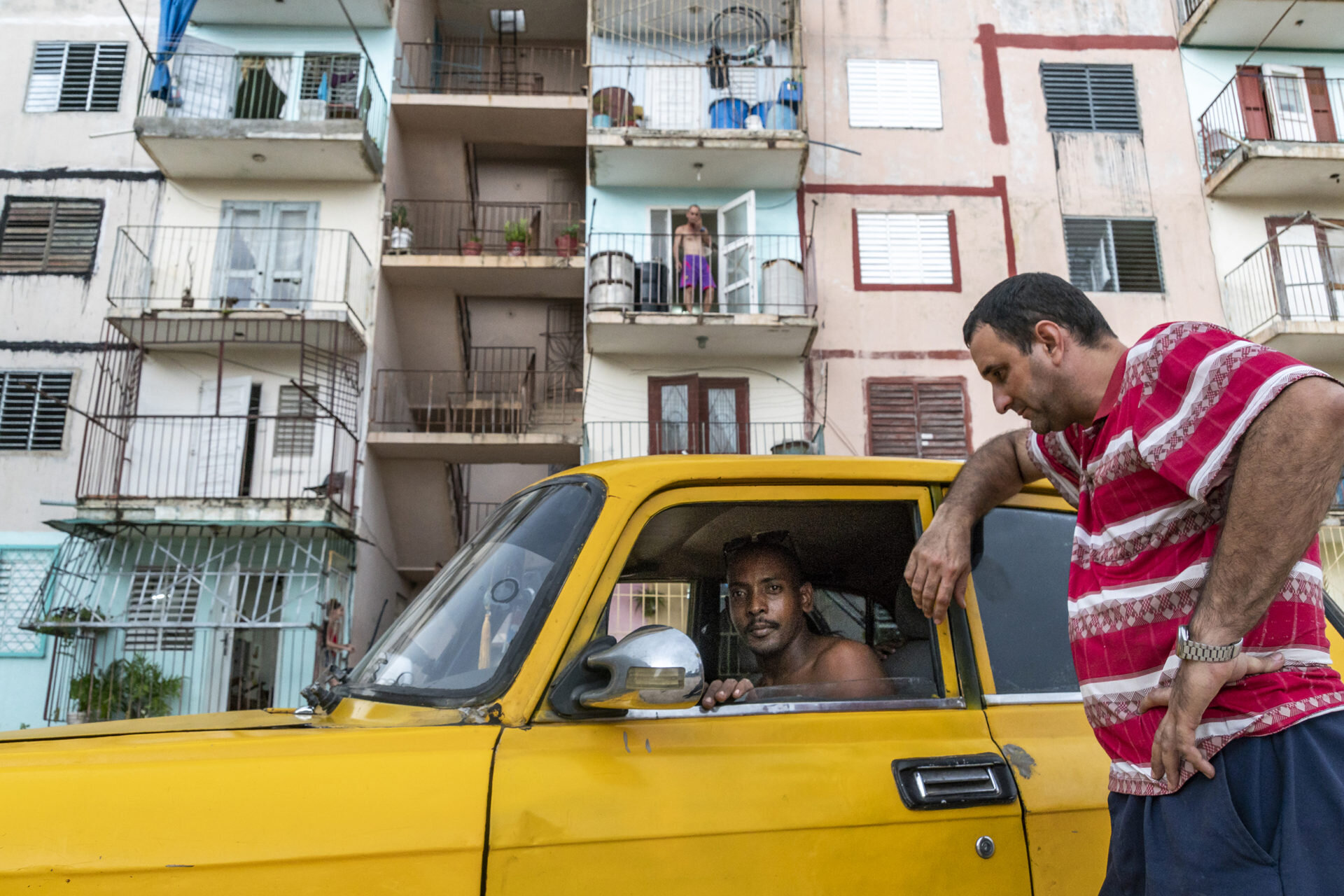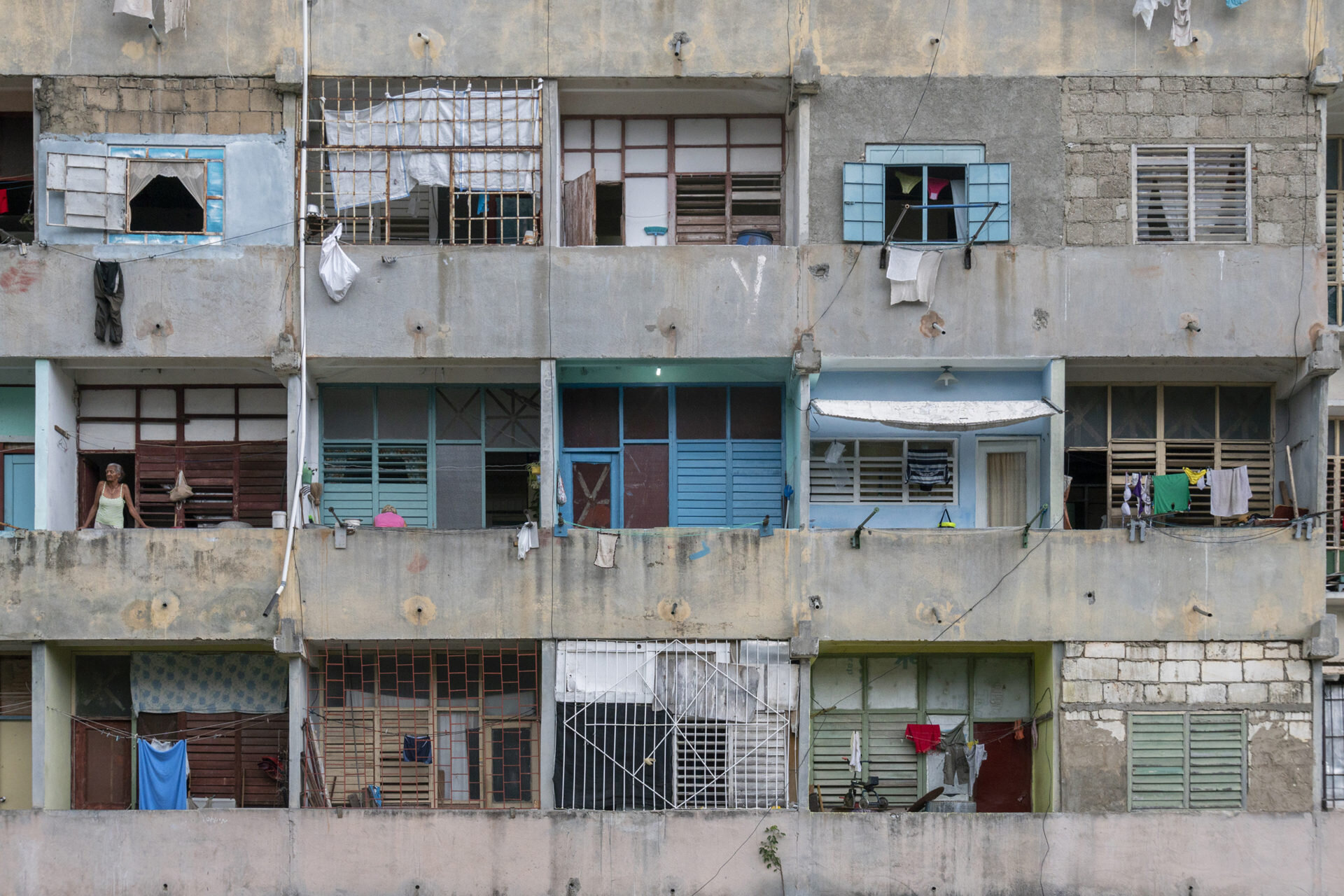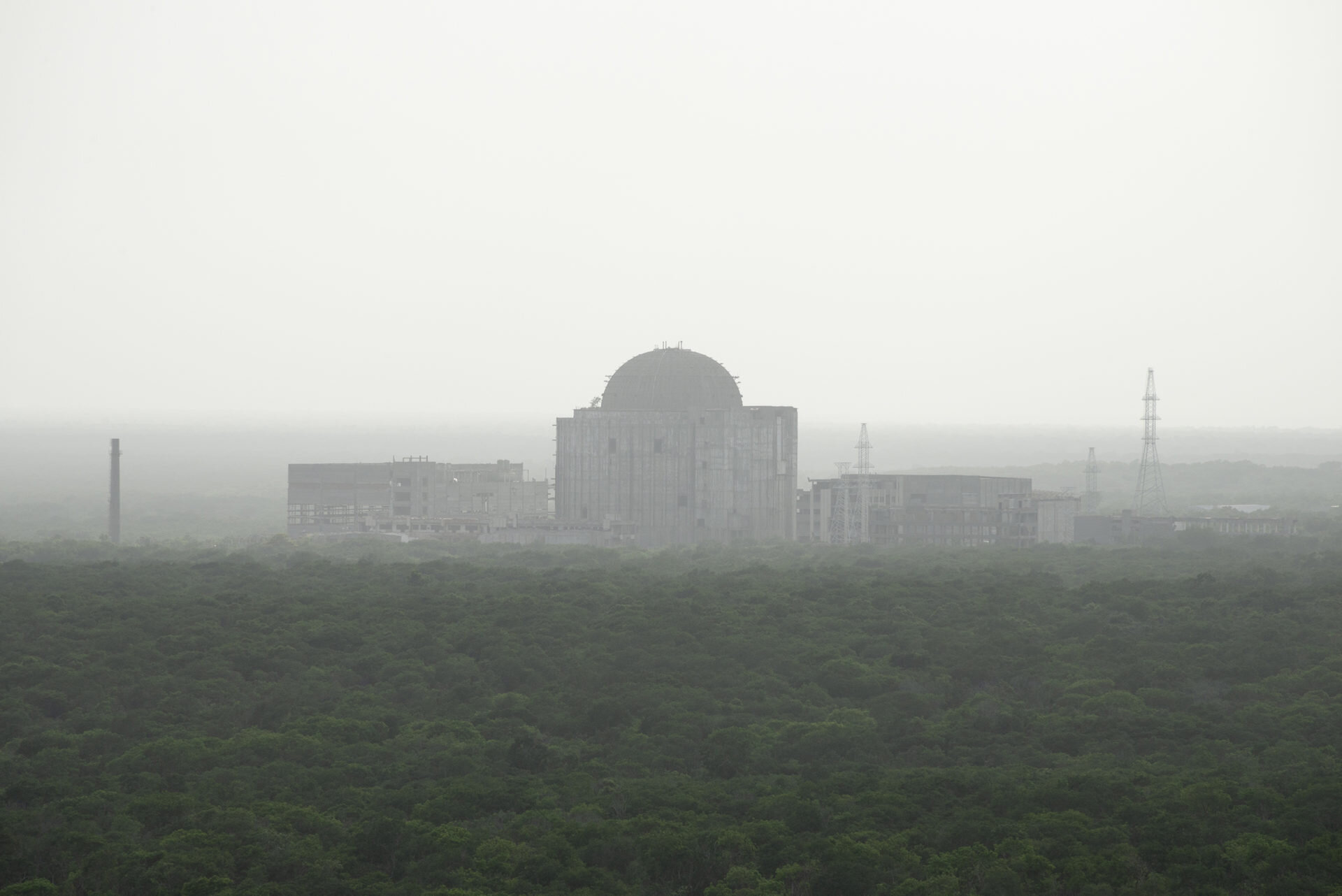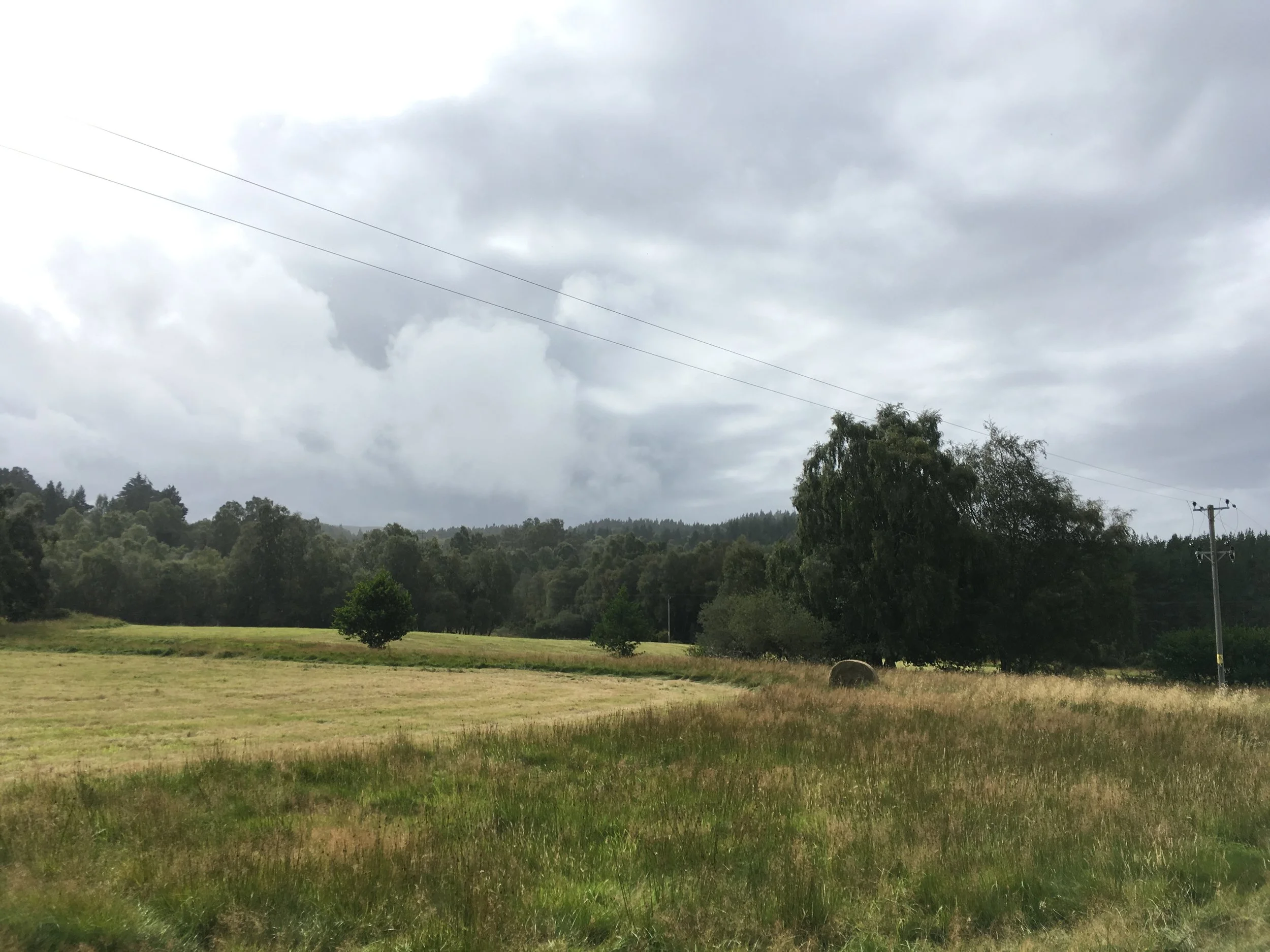Quoyle's Point... an interview with Annie Proulx
/As a companion piece to the second of our essays by Anna Iltnere about literary seaside houses – Quoyle’s Point from The Shipping News – we present an interview with Annie Proulx, the Pulitzer Prize-winning author of the novel.
Interview by Anna Iltnere:
The Shipping News (1993) by Annie Proulx is a vigorous, darkly comic, and at times magical portrait of a family moving to Newfoundland and starting to live among local fishermen in an abandoned seaside house, moored to a rock. The house at Quoyle’s Point is a vivid character in the book, dusty, gaunt, despite the efforts, and moaning in the wind.
I contacted Annie Proulx to ask her four questions about the role of Quoyle’s seaside house in her book and about her own relationship with water.
What is your relationship with water and with the sea? What does the sea mean for you?
Like most people I am attracted to shorelines, whether lake, river or ocean. All of these locales have been severely damaged by humankind over the millennia—wetlands drained, rivers dammed, ocean-shores faced with armored rock walls, estuaries polluted. My interest in today's warming oceans is based on concern as the waters move toward acidity, as coral reefs die, as kelp and eelgrass decline. I watch with trepidation as fish stocks dwindle and the shells of tiny pteropods dissolve. I walk regularly on the shore, picking up plastic as I go and feeling grief at the damages inflicted on these habitats.
Quoyle is afraid of water and yet he has to overcome his aquaphobia to own a boat and live by the sea. What does his fear symbolize in the book?
I’m not big on symbols. His fear can mean whatever the reader thinks. Books are somewhat cooperative in this way, that a reader can use her or his own experience of life to interpret the actions and thoughts of a book’s protagonists.
What role does the house at Quoyle’s Point play in The Shipping News?
The house is his link with the past—it is the ancestral home of the Quoyles. It also carries bad memories for the Aunt so that what happened in that house a generation before drives the story. And it is a testament to the staying power of Newfoundlanders of the fishing-village period when people lashed their houses to the rocks against the pounding seas and hurricane-force winds.
Would you agree to spend a summer at Quoyle’s house (if it would be still standing)?
Of course! Where do I sign up?
***
Read Anna Iltnere’s essay about Quoyle’s Point here.
Anna is the founder of the Sea Library in Jūrmala, Latvia and the author of our ‘Unreal estate’ series of essays on literary houses by the sea. On the Sea Library website you can read reviews, interviews and, of course, borrow a book.




